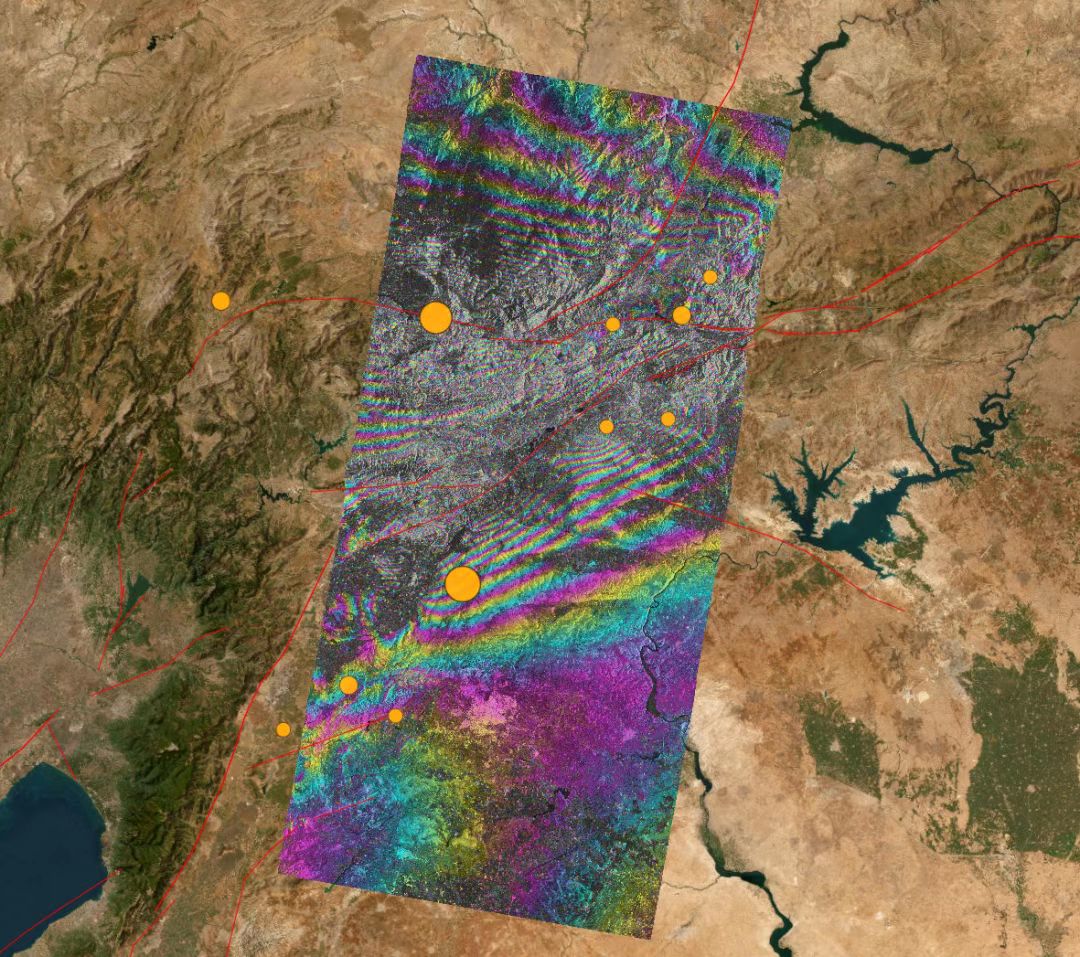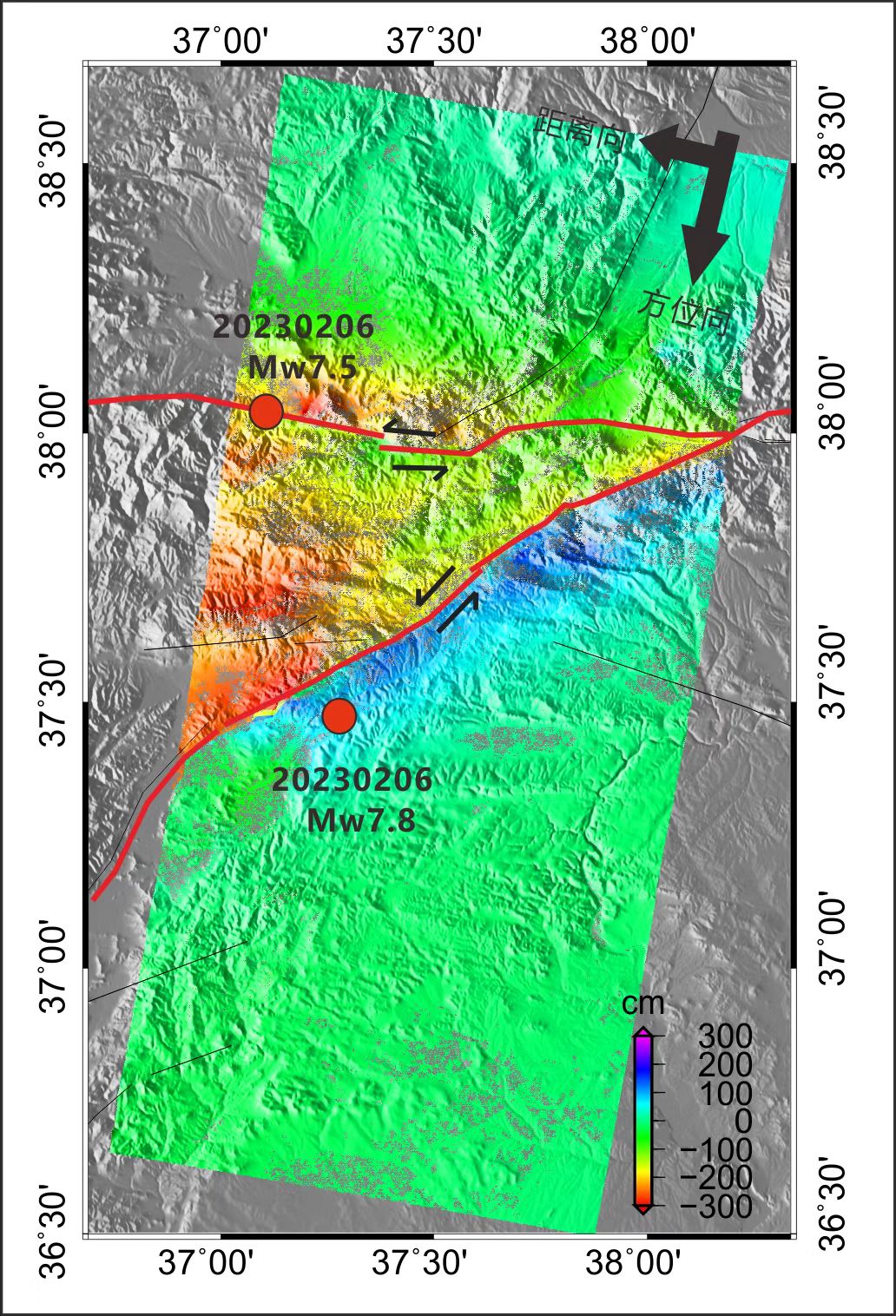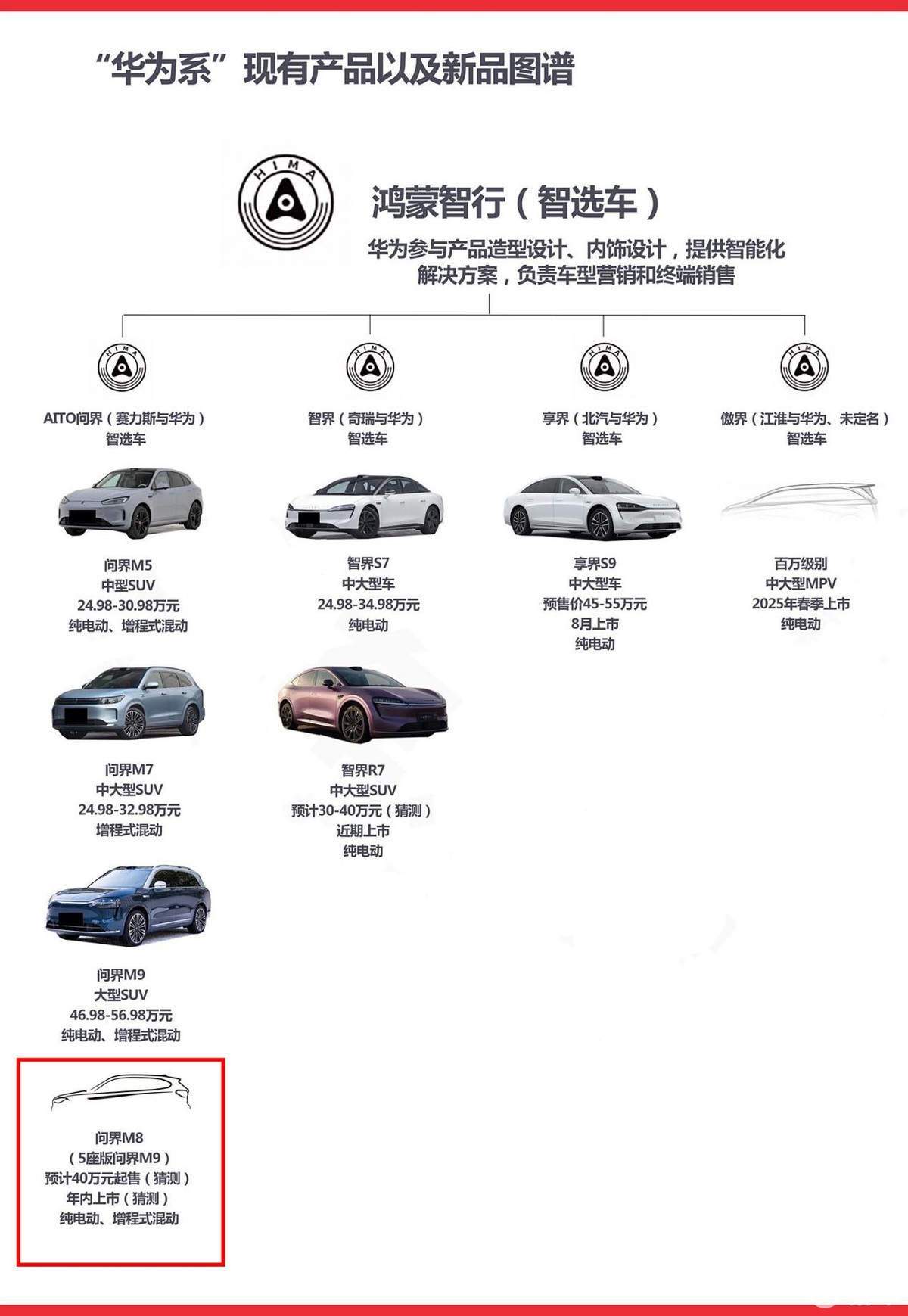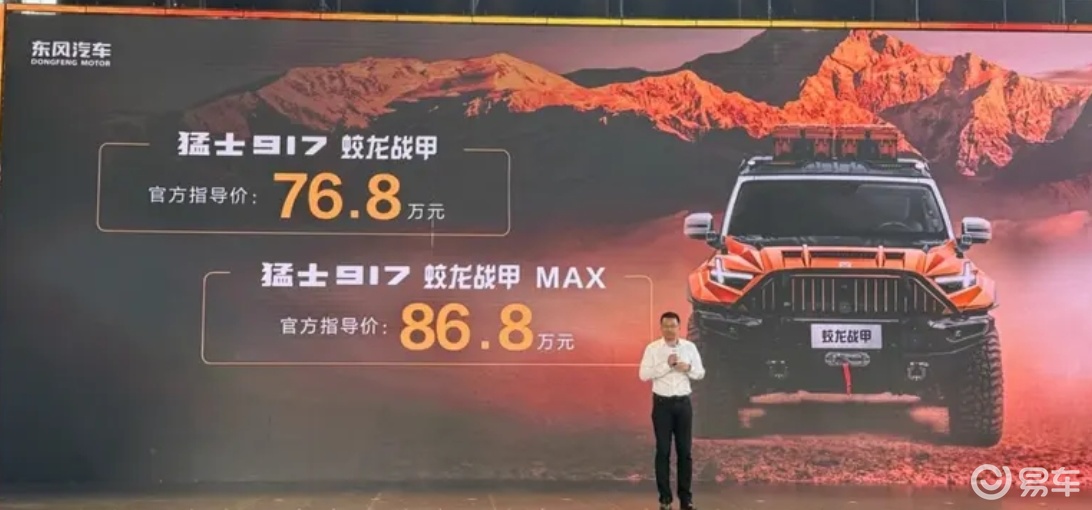With the rapid development of information technology, e-commerce has become an important driving factor to enhance the competitiveness of enterprises and promote economic development. As a comprehensive driving force of economic development in the information age, e-commerce is having a positive impact on the economy. It improves or changes the traditional economic mode from the aspects of production, sales and consumption, making the communication channels between economies smoother and information feedback faster, and greatly promoting the transformation and optimization of social and economic growth mode. Based on the data of the third economic census in 2013, combined with the statistical data of e-commerce of Hunan Provincial Department of Commerce, this paper analyzes the overall situation of e-commerce in Hunan Province, and discusses the importance of the influence of internal factors of enterprises on e-commerce in combination with the factors of enterprise informatization and internal operation, with a view to finding ways to promote the development of e-commerce, providing decision-making reference for government statistics and enterprise development, and also providing basic data and theoretical support for enterprises to develop e-commerce.
First, the basic situation of e-commerce
Although the development of e-commerce in Hunan Province started late, it has a high starting point and great strides, especially in recent years. In 2012, Changsha was recognized as the first batch of national e-commerce demonstration bases by the Ministry of Commerce.
(1) The benefits of e-commerce development are constantly emerging.From 2010 to 2014, the overall macroeconomic environment in Hunan Province was relatively stable, and the e-commerce industry showed a rapid growth trend. The volume of e-commerce transactions rose from 36.942 billion yuan in 2010 to 258.87 billion yuan in 2014, and the growth rate in 2013 and 2014 was over 100%. Among them, the total volume of e-commerce transactions in the province increased by 111% in 2013 and 113.1% in 2014. Among them, online retail sales reached 45.79 billion yuan, up 112% year-on-year.
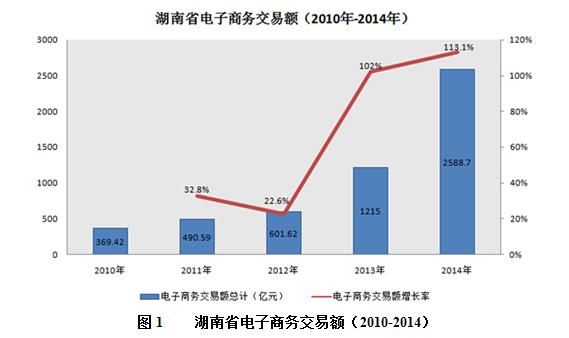
In 2013, the province’s e-commerce industry-wide operating income was 21.107 billion yuan, an increase of 259.1% over the previous year, of which the main business income was 20.333 billion yuan, an increase of 257% over the previous year. The operating profit of the whole industry reached 1.719 billion yuan, an increase of 236.9% over the previous year. In 2013, the online retail transaction volume of the e-commerce industry drove the logistics express delivery fee to 1,534.5 million yuan, an increase of 55% over the previous year; The tax payment of e-commerce service enterprises was 1.177 billion yuan, an increase of 562.7% over the previous year; The number of employed people driven by e-commerce services was 696,200, an increase of 327% over the previous year.
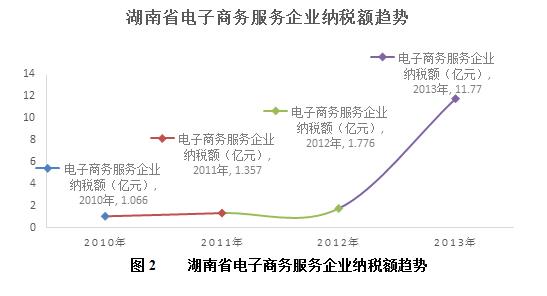
(B) E-commerce behavior industry concentration is high.In terms of enterprise types, in 2013, 4.4% of the enterprises above designated size in the six major industries in the province had e-commerce behaviors (hereinafter referred to as e-commerce enterprises). Among them, e-commerce enterprises in industry, construction, wholesale and retail, key services, accommodation and catering, and real estate accounted for 5.1%, 2.3%, 2.8%, 4.9%, 8.3% and 2.1% respectively. Among e-commerce enterprises, industrial enterprises account for 56.8%, followed by wholesale and retail enterprises 12.6% and key service enterprises 11.7%.
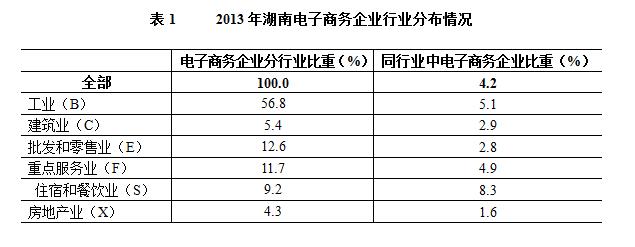
(3) E-commerce enterprises are regional.In 2013, enterprises above designated size in Hunan Province were mainly distributed in Changsha, Zhuzhou and Yueyang, while e-commerce enterprises were mostly in Changsha, Zhuzhou and Chenzhou. Regionally, 49.5% of e-commerce enterprises are concentrated in Changsha-Zhuzhou-Xiangtan area, among which Changsha ranks first, followed by Zhuzhou, and Chenzhou, located in southern Hunan, ranks third. However, the number of e-commerce enterprises in Xiangxi Autonomous Prefecture, Zhangjiajie and Huaihua, which belong to the great Xiangxi region, is relatively low.
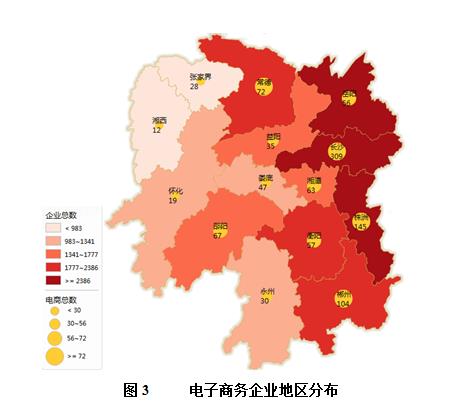
(D) E-commerce enterprises are mainly small and medium-sized enterprises.E-commerce enterprises are mainly small and medium-sized enterprises, of which medium-sized enterprises account for 43.1% and small enterprises account for 44.5%; Private holding enterprises account for 69.3%, state-owned holding enterprises account for 15.2%, and the business life of enterprises is basically distributed between 5-15 years.
(E) E-commerce enterprises are widely used in information technology.E-commerce enterprises use the internet more widely to carry out activities, and the level of information application is obviously higher than that of non-e-commerce enterprises. In 2013, the proportion of e-commerce enterprises accessing and not accessing LAN was 79.2:20.8, while that of non-e-commerce enterprises was 54.6: 45.4; 70.5% of e-commerce enterprises adopt information technology in production management, which is 23.7 percentage points higher than that of non-e-commerce enterprises; 94.1% of e-commerce enterprises have adopted information technology in management, which is 7.6 percentage points higher than that of non-e-commerce enterprises; 53.2% of e-commerce enterprises have independent websites, which is 30.8 percentage points higher than that of non-e-commerce enterprises. All e-commerce enterprises carry out activities on the Internet, and 92.0% of e-commerce enterprises use the Internet for publicity, which is 23.4 percentage points higher than that of non-e-commerce enterprises.
Second, research on behavior preference of e-commerce enterprises
Through the exploratory analysis of the data of e-commerce enterprises in 2013, it can be preliminarily concluded that there are differences between e-commerce enterprises and ordinary enterprises in various behaviors within the enterprise. Therefore, it is one of the purposes of this analysis to judge whether the enterprise will develop e-commerce through the internal situation of the enterprise, and then to find out in what aspects it needs to increase investment if the enterprise wants to develop e-commerce. There are 26 variables in five categories: basic information, financial situation, per capita information, information situation and e-commerce situation, from 115 indicators of enterprise financial statements, enterprise basic information table and information summary table. After preprocessing the whole data, 24705 pieces of data are obtained, and data mining is carried out on this basis.
(A) Classification analysis of e-commerce enterprises based on AdaBoost algorithm
In view of the fact that 26 variables include 12 qualitative variables, it is not suitable for traditional regression analysis methods. Through model screening, AdaBoost algorithm based on decision tree is selected to choose the behavior preference of e-commerce enterprises.
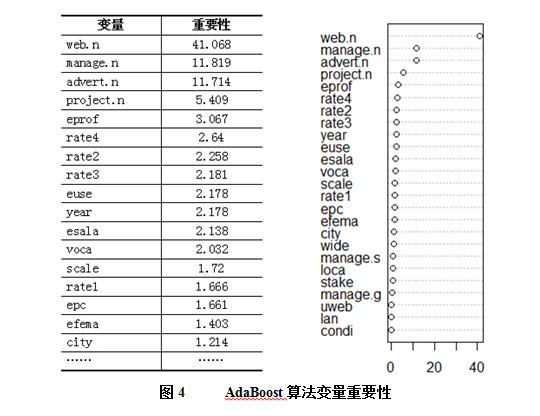
AdaBoost algorithm can get multiple classification trees and the importance of each variable. From this, we can see that the first five variables are obviously more important than other variables, namely, the number of websites owned (web.n), the number of information management methods used in production and business activities (manage.n), the number of types of publicity channels used on the Internet (advise. n), the number of activities carried out through the Internet (project.n) and the proportion of information technology professionals (eprof). It shows that the development of e-commerce has great correlation with the number of enterprise websites, the application of Internet and information technology professionals. To develop e-commerce, it is necessary to strengthen website construction and network application and increase information technology talents.
(B) Random forest analysis of industry data
A 50-fold cross-validation random forest analysis was conducted on the data of six major industries, namely, industrial enterprises (B), construction enterprises (C), wholesale and retail enterprises (E), key service industries (F), accommodation and catering industries (S) and real estate industries (X).
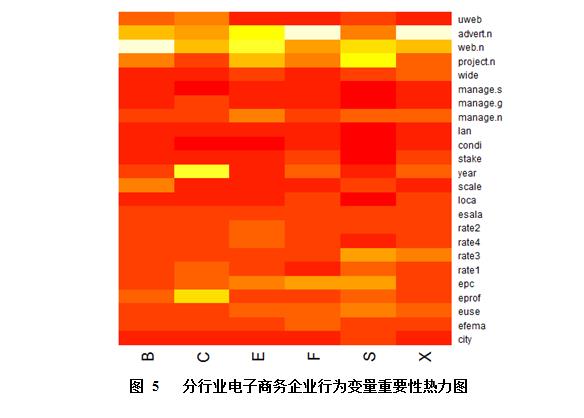
According to the random forest data of different industries, the variable importance of different industries is obtained and the heat map is made (Figure 5). It can be seen that in the six major industries, the number of websites (web.n), the number of types of publicity channels using the Internet (advert.n) and the number of activities carried out through the Internet (project.n) are all of significant importance, and the number of computers per capita (epc) is also of great importance. Explain that the difference between e-commerce enterprises and non-e-commerce enterprises in any industry lies in the degree of publicity and operation using the Internet and the degree of enterprise network construction.
In industrial enterprises (B), the scale of enterprises is also an important factor to distinguish e-commerce enterprises from non-e-commerce enterprises. For industrial enterprises, their online transactions are mainly large electronic orders, and smaller enterprises may not be able to conduct online transactions. For the construction enterprise (C), its business year and the proportion of informatization professionals (eprof) are relatively important, and the higher the proportion of informatization professionals, the greater the possibility of developing e-commerce.
(C) Analysis of the association rules of the internal factors of the enterprise.
Furthermore, the association rule algorithm is used to analyze the relationship between the different values of variables in enterprises and the development of e-commerce, and the behavior preference of e-commerce enterprises is obtained.
By analyzing the strong association rules of e-commerce enterprises, it is found that the probability that enterprises with their own independent websites, conducting a large number of business activities through the Internet and using information technology in production management are e-commerce enterprises is 4.05 times that of all enterprises. Eight of the top 10 strong association rules contain itemsets at the same time (having your own independent website and carrying out a lot of business activities through the Internet), so it can be judged that having your own independent website and carrying out a lot of business activities through the Internet is the most possible prerequisite for enterprises to develop e-commerce. By further adjusting the strong association rule, it can be seen that enterprises with local area network and enterprises using information technology in production, operation and management also prefer to develop e-commerce.
By changing the setting of antecedents and successors of association rules, that is, comparing the probability of different events with the overall probability in e-commerce enterprises, it can be seen that the probability of more than three online publicity channels in e-commerce enterprises is 3.185 times of the overall situation, and at the same time, e-commerce enterprises tend to carry out a large number of activities through the Internet and generally adopt information management in production and business activities, which are 2.56 times and 2.46 times of that of ordinary enterprises respectively, and the probability of having independent websites in e-commerce enterprises is higher than that of other enterprises.
By analyzing the association rules with the least promotion degree, it is found that the probability that an e-commerce enterprise has no independent website is 38.6% lower than that of an ordinary enterprise, the probability that it does not operate and manage through the Internet is 43.5% lower, and the bandwidth is 58.8% lower than the overall situation.
Third, the problems in the development of e-commerce
(A) the overall level of e-commerce is low.Compared with developed provinces, there are still obvious gaps in the core technologies and strategic layout of e-commerce in Hunan Province, and the overall development level is low. Logistics information and bank online shopping settlement data show that e-commerce procurement in Hunan province is greater than sales, and the number of enterprises with e-commerce procurement behavior is more than twice that with e-commerce sales behavior. This is because the layout of e-commerce industry is scattered, the industrial chain is incomplete, the degree of agglomeration is not high, and the scale of online sales is small. In addition, supporting industries such as technical services, personnel training, payment, logistics and distribution are lacking, and telecom broadband networks and power infrastructure need to be improved urgently.
(B) poor industrial structure of e-commerce enterprises.The industrial structure of e-commerce enterprises in Hunan Province is unbalanced. 56.8% of enterprises with e-commerce behavior are industrial enterprises, and mainly sell e-commerce, while the wholesale and retail industry and key service enterprises account for only 12.6% and 11.7% respectively. Generally speaking, the wholesale and retail industry and key service enterprises have more flexibility and advantages in developing e-commerce than industrial enterprises, but due to the constraints of traditional concepts, the awareness of e-commerce is weak, and the pace of e-commerce is far slower than that of industrial enterprises.
(3) The development of e-commerce counties is backward.County economy plays an important role in China, accounting for about 50% of the country’s GDP and 70% of the country’s population. Developing county e-commerce can effectively make up for the relatively backward retail in third-and fourth-tier cities and towns, promote rural employment and entrepreneurship, and promote new urbanization. However, according to the 2013 China County E-commerce Development Index Report released by Ali Research Center, the county e-commerce development index of Hunan Province is 5.98, which is lower than the national county average of 7.45, ranking 21st in the country, ranking the fourth among the six e-commerce development echelons, and among the top 100 e-commerce counties in China, only two cities and counties in Hunan Province have entered, ranking 65th and 91st respectively. Compared with Zhejiang, Jiangsu and other provinces, there is a big gap in the development of county e-commerce in Hunan Province.
(D) E-commerce infrastructure needs to be strengthened.Developing e-commerce needs strong infrastructure support. At present, the level of e-commerce infrastructure in Hunan Province is low. In 2013, the number of computers owned by e-commerce enterprises was only 27.2% of the number of enterprises at the end of the period, with less than 0.3 computers per capita; 65.2% of enterprises have only 100Mbps bandwidth, only 14.5% have more than 1 G bandwidth, less than 30% have mobile network access, and only half of e-commerce enterprises have independent websites. Most enterprises still engage in e-commerce with the help of third-party platforms or other platforms. In addition, there is a shortage of technical talents in e-commerce. The information technology personnel specialized in e-commerce enterprises account for less than 2% of the total number of employees at the end of the enterprise, and the number of professional and technical personnel in e-commerce enterprises is not significantly greater than that in non-e-commerce enterprises. The lack of professional and technical personnel has seriously affected the development of e-commerce.
(E) E-commerce industry statistical monitoring needs to be established.At present, the statistical data of e-commerce are still mainly estimated and calculated, lacking unified caliber and standards, and the scientificity and accuracy need to be strengthened, and the statistical system of e-commerce needs to be established and improved urgently.
IV. Countermeasures and Suggestions for Accelerating the Development of E-commerce
In 2014, Hunan Province issued the "Hunan E-commerce Development Plan (2014-2020)", proposing to strive to build Hunan into a regional e-commerce center with strong influence in the country by 2020.
(1) Continue to implement and improve e-commerce policies and measures.The provincial party committee and the provincial government attach great importance to the development of e-commerce, making it the first priority in developing modern service industry, and have successively issued a series of policies and measures to encourage the development of mobile Internet industry to promote the development of e-commerce. We should continue to implement these policies and measures, continue to implement the e-commerce demonstration project, improve the identification and management methods of e-commerce demonstration bases and demonstration enterprises, study and introduce supporting policies and measures to support the development of e-commerce, and give greater support in finance, investment and financing, land use, talents and technology to protect the development of e-commerce.
(2) Promoting the coordinated development of e-commerce industry structure and regions.E-commerce is developing unevenly in industries and regions. We should devote ourselves to promoting e-commerce in the whole industry, boldly break the traditional concept of production and management, establish e-commerce platforms in advantageous industries such as fireworks, ceramics and construction machinery, and cultivate leading enterprises in various industries. It is necessary to combine the advantages of regional transportation and industry, vigorously develop county e-commerce, adjust measures to local conditions, develop e-commerce platforms for agricultural products production and marketing and agricultural technology application and promotion in large agriculture-related counties, popularize online platform tourism services in counties rich in tourism resources, encourage enterprises to develop e-commerce platforms in industrial and wholesale and retail gathering places, promote the multi-directional circulation of products, funds, technologies and services, and encourage the strengthening of e-commerce application and service platform construction in intelligence-intensive counties.
(3) Strengthening the construction of e-commerce information infrastructure.Strengthen information network infrastructure, especially basic communication facilities, fiber-optic broadband network and mobile communication network, radio and television wired network construction, focus on ensuring electricity consumption and network interconnection in e-commerce industrial clusters, and vigorously promote the construction of information and communication infrastructure such as electricity, broadband Internet and mobile communication network in rural areas and remote areas. Encourage enterprises to increase investment in human, material and financial resources for e-commerce, strengthen infrastructure construction such as computers, networks and professionals, and improve the information level of production, operation and management.
(4) Strengthen the training of e-commerce professionals.With the goal of cultivating compound e-commerce talents, we will further improve the training and introduction mechanism of e-commerce talents. Integrate social resources, support trade associations to organize professional training, encourage trade associations, e-commerce enterprises to cooperate with universities to establish educational practice and training bases, strengthen theoretical research and talent training of e-commerce, and provide intellectual support for the development of e-commerce.
(5) Vigorously develop supporting industries and platforms.Integrate existing logistics information resources in the fields of industry, agriculture, commerce, warehousing and transportation, vigorously develop third-party logistics, and support urban communities to build online shopping express delivery places. Cultivate a number of foreign trade e-commerce service enterprises integrating customs declaration, tax refund, foreign exchange settlement, international logistics, overseas warehousing and other services to provide support services for small and medium-sized foreign trade enterprises. Encourage large catering enterprises, accommodation enterprises and third-party service institutions to establish online ordering and reservation service systems, and improve the service application system of catering and accommodation industries. Further improve electronic payment services, encourage banks to expand electronic banking services and strengthen online payment functions.
(six) to speed up the establishment of e-commerce statistical monitoring platform.We will speed up the establishment of an e-commerce statistical system in which government and departmental statistics focus on each other and complement each other, further improve the information-based statistical monitoring and improve the e-commerce statistical monitoring service system. Strengthen the analysis and research of e-commerce database, deeply explore and apply e-commerce value-added services, and promote economic and social development.

